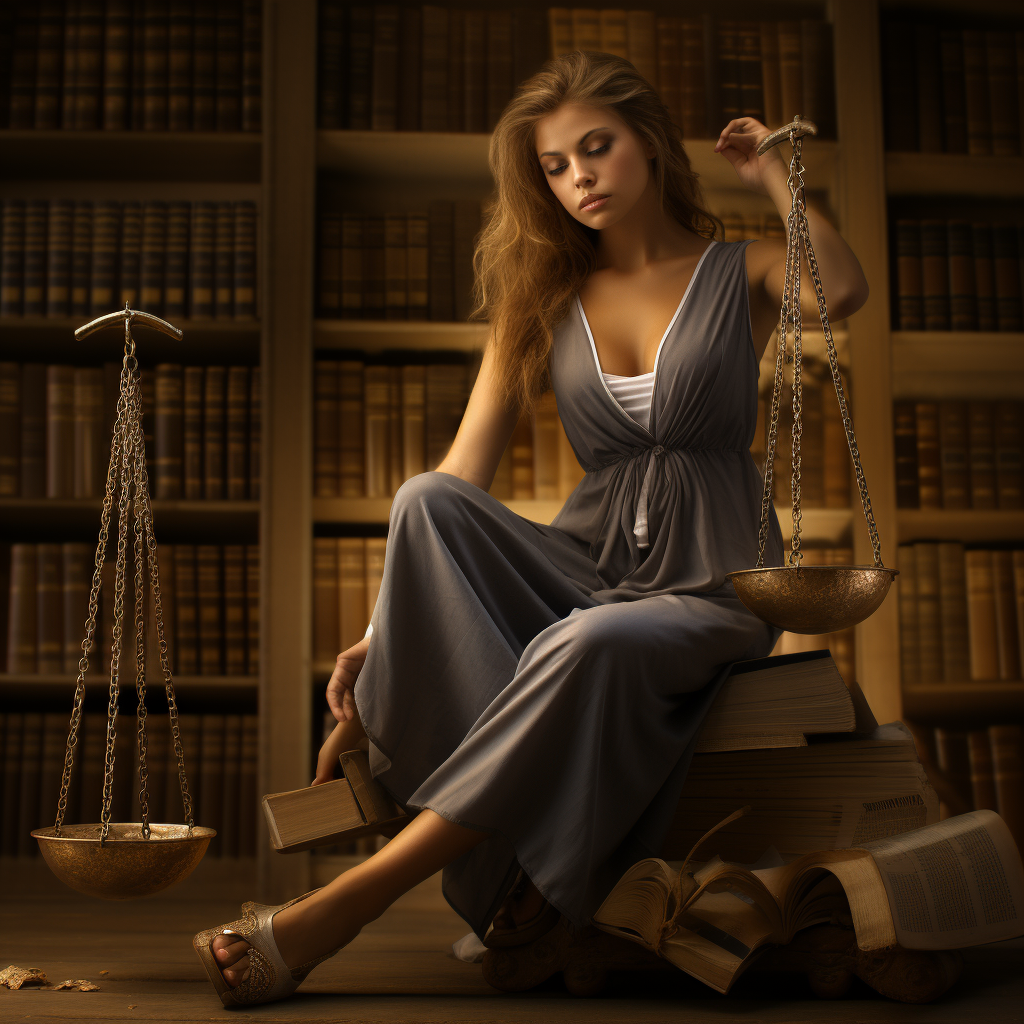As a seasoned photography law writer, I’ve met innumerable inquiries on copyright law in the field of photography. It’s a sector riddled with misunderstandings, from what defines a copyrighted work to who genuinely owns a picture after the camera clicks. This essay seeks to explain the complex world of photography copyright law, helping both pros and amateurs alike through its diverse environment.
Understanding Copyright in Photography
Copyright law, at its foundation, attempts to preserve creative works of authorship. In photography, this means that the minute you click the shutter button and a picture is formed, that photograph is immediately copyrighted, providing it is a unique expression of the creator’s concept.
The United States Copyright Office defines copyright as “original works of authorship fixed in a tangible medium.” Simply put, the act of creation confers rights.
The photographer is the owner of the copyright.
The photographer is usually the default copyright holder. This implies they have sole authority to reproduce, distribute, perform, exhibit, or license their images. Others are not permitted to do this without the photographer’s consent, otherwise they risk infringement.
There are, however, exceptions:
- Work-for-Hire: If a photographer is hired by a corporation and takes photographs as part of their employment, the employer may be considered the copyright holder. This is frequent in journalistic and commercial photography.
- Explicit Transfers: Copyrights can be transferred explicitly through written agreements. A photographer, for example, may sell their copyright to a customer or agency.
Obtaining a Copyright Registration
While the act of creation alone confers copyright, photographers are frequently recommended to register their works. Registration creates a public record of the copyright and is required if one desires to suit for statutory damages and attorney’s fees in U.S. courts.
The Intricacies of Licensing
One of the most important aspects of photography copyright is licensing. Photographers can allow people permission to use their photos without relinquishing ownership. Licensing can take the following forms:
- Exclusive: Only the licensee may use the image, maybe even without permission from the photographer.
- Non-exclusive: Multiple parties may use the image at the same time.
Licensing agreements should always be in writing and include the scope, length, and any pay.
Fair Use and Photography
“Fair use” is a legal concept in the USA that permits limited use of copyrighted content without obtaining permission from the rights holders. The aim of usage (educational vs. commercial), the nature of the copyrighted work, the volume used, and the influence on prospective market value are all factors to consider.
However, as the American Society of Media Photographers (ASMP) advises, fair use in photography may be a complicated gray area that is sometimes open to court interpretation.
Managing Infringement
When copyrighted photos are used without authorization, infringement occurs. Sending a cease-and-desist letter, filing a DMCA takedown notice for online infringements, or taking legal action are all possible remedies. Photographers should seek legal counsel if their rights are violated.


